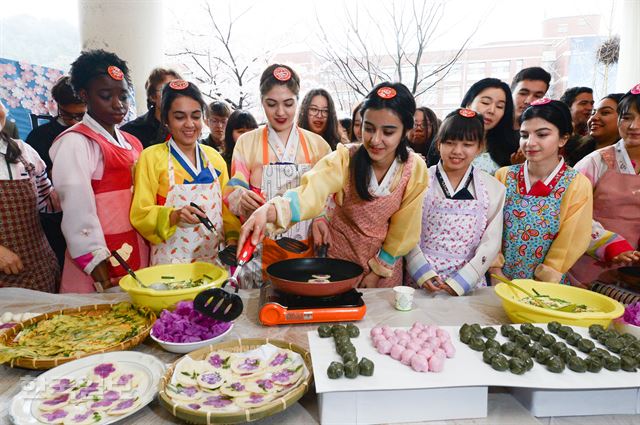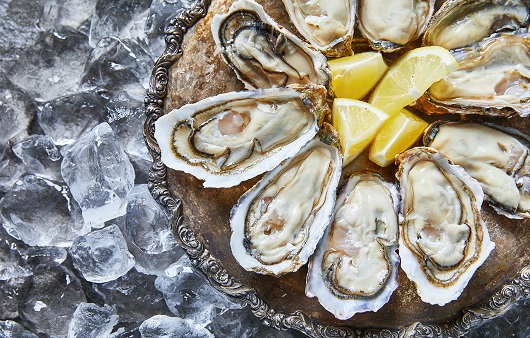
Korean Cuisine Loved Around the World, ‘Galbijjim’: What’s the Secret to Its International Popularity?
Today, let’s talk about ‘Galbijjim,’ a Korean dish that enjoys popularity worldwide. Many foreigners wish to try it when they visit Korea, but what makes it so appealing? Let’s delve into this together.

The Origin and Significance of Galbijjim in Korea
Galbijjim is one of Korea’s traditional dishes, typically made using beef or pork ribs. The Korean word “galbi” refers to the rib’s hook-like shape, while “jjim” denotes a cooking method. This method involves marinating the meat in a sauce, slicing it into bite-sized pieces, and then steaming it. In Korea, Galbijjim is known as a dish often enjoyed at home or during special occasions with family.
First Impressions of Galbijjim by Those Abroad
Those who try Galbijjim for the first time abroad are amazed by its rich flavor and aroma. The meat, marinated in a rich sauce, is tender and juicy, offering a full mouthful of flavor. With growing interest in Korean cuisine worldwide, Galbijjim has also become a beloved dish among many.

The Secret to Galbijjim’s Popularity: Globalization of Taste
One of the secrets behind Galbijjim’s international popularity is the globalization of taste. The unique seasoning and cooking methods of Korean Galbijjim present a distinctive flavor appealing to people from various countries. This flavor is further enhanced through harmonious combinations with local ingredients.
Diversity in Main Ingredients and Cooking Methods Although
Galbijjim is primarily made with beef or pork ribs, the ingredients and cooking methods vary by region. For example, in Korea, Galbijjim is seasoned with gochujang, soy sauce, sugar, etc., and the meat is tenderized using steam. Meanwhile, in Japan, miso is used to add a savory depth of flavor to Galbijjim, and in China, various seasonings like soy sauce, ginger, and sugar are used to enrich the taste.
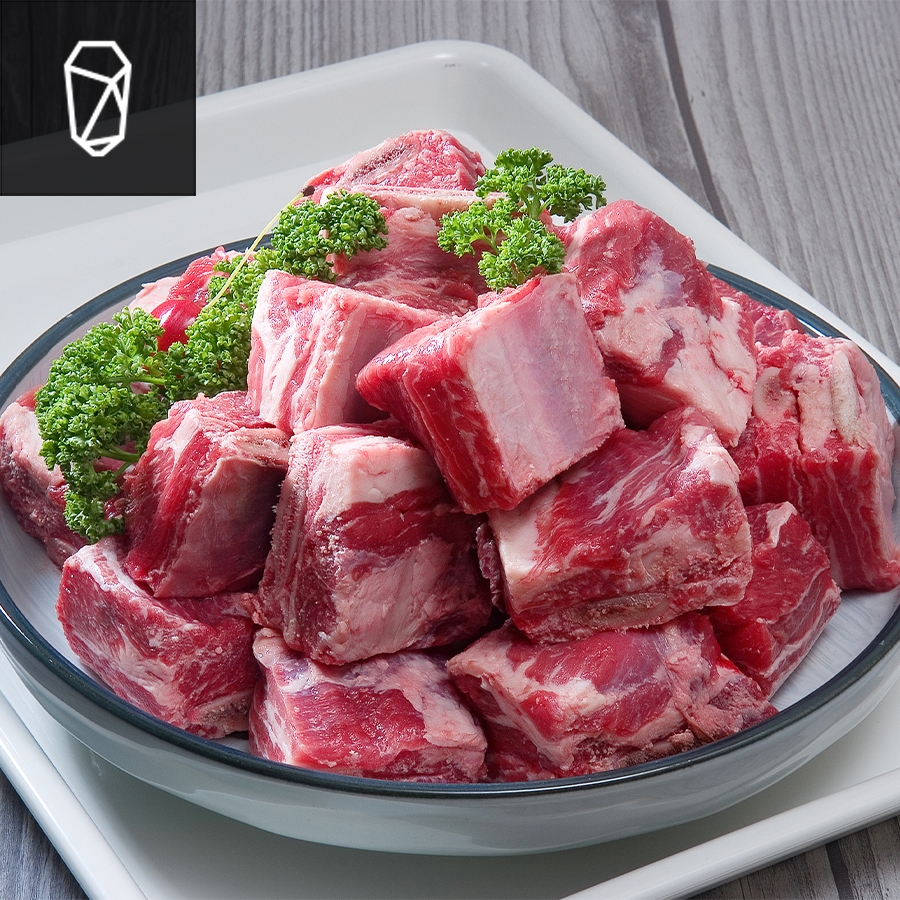
The Charm of Korean Culture Conveyed through Galbijjim
Galbijjim is one of the foods that convey the charm of Korean culture. Known for its rich food and culinary culture, Korea highlights Galbijjim as a dish often enjoyed with family. Korean households cherish the moments spent together over Galbijjim on special occasions. This aspect of Korean culture is also gaining affection from people overseas.
The Evolving Forms of Galbijjim
Across the Globe In various countries, Galbijjim is evolving to blend with local culinary cultures. For instance, in the USA, dishes like LA Galbi use pork ribs to offer unique tastes and aromas. In Europe, Galbijjim is prepared in a lighter and healthier manner, gaining popularity. These adaptations showcase new charms of Galbijjim, considering local ingredients and cultural characteristics.

Famous Personalities Abroad on the Charm of Galbijjim
Even celebrities abroad have praised the allure of Galbijjim, sharing their enjoyment. Korean-American actress Margaret Cho described Galbijjim as having “a perfect harmony between delicious and richly seasoned meat.” Renowned chef Gordon Ramsay praised it for its “full flavor and aroma,” highlighting its special taste.
Global Korean Restaurants Offering Galbijjim
Around the world, you can enjoy Galbijjim at Korean restaurants. For example, in Los Angeles, USA, including Koreatown and other areas, Korean restaurants serve delicious Galbijjim. Similarly, in Tokyo, Japan, and Beijing, China, Korean restaurants offer Galbijjim, sharing its uniqueness with locals and foreigners alike.
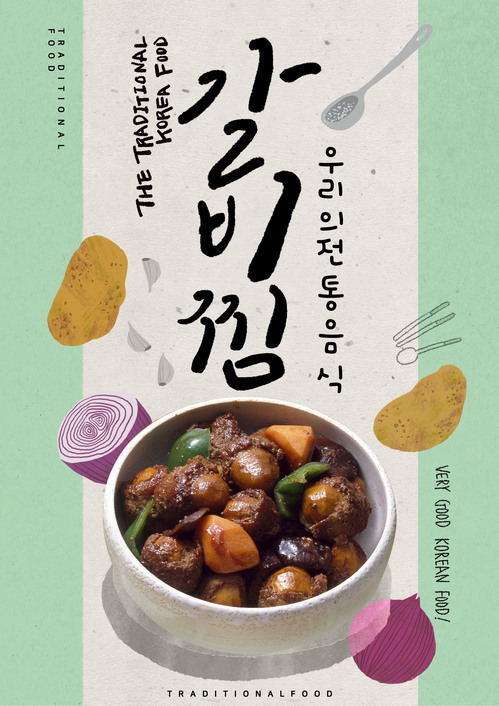
Tips for Making Galbijjim at Home
When making Galbijjim at home, there are important tips and points to consider. First, it’s crucial to thaw frozen ribs and marinate them to enhance the flavor. Secondly, when using steam to tenderize the meat, maintaining the right time and temperature is essential. Lastly, cooking with various vegetables can increase the nutritional value of Galbijjim.

Enjoying Galbijjim with Traditional Korean Alcoholic Beverages and Foods
Galbijjim can be enjoyed with traditional Korean alcoholic beverages and foods. For example, it pairs well with traditional Korean drinks like makgeolli or soju. Additionally, traditional Korean dishes such as kimchi, namul, and doenjang jjigae complement Galbijjim well. This combination allows for a full experience of Korean culinary culture and maximizes the enjoyment of Galbijjim.
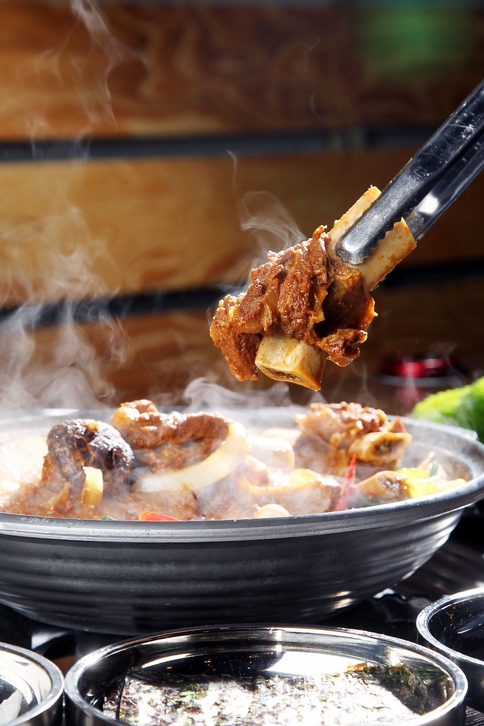
Thus, we’ve explored ‘Galbijjim,’ a Korean dish loved worldwide for its rich taste, aroma, and the charm of Korean culture it conveys. Galbijjim enjoys popularity abroad, undergoing various adaptations that meld with each country’s culinary culture, uncovering new attractions.
